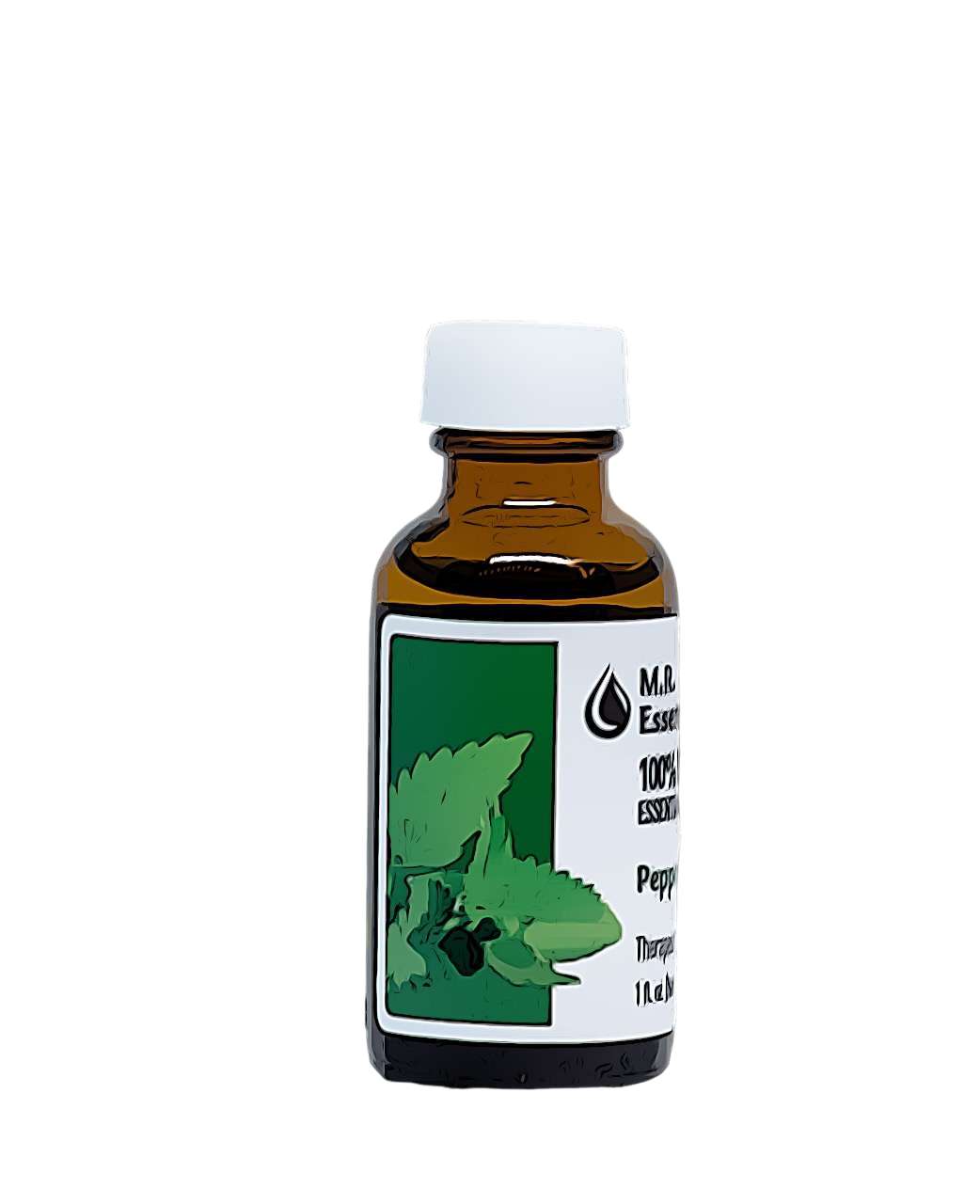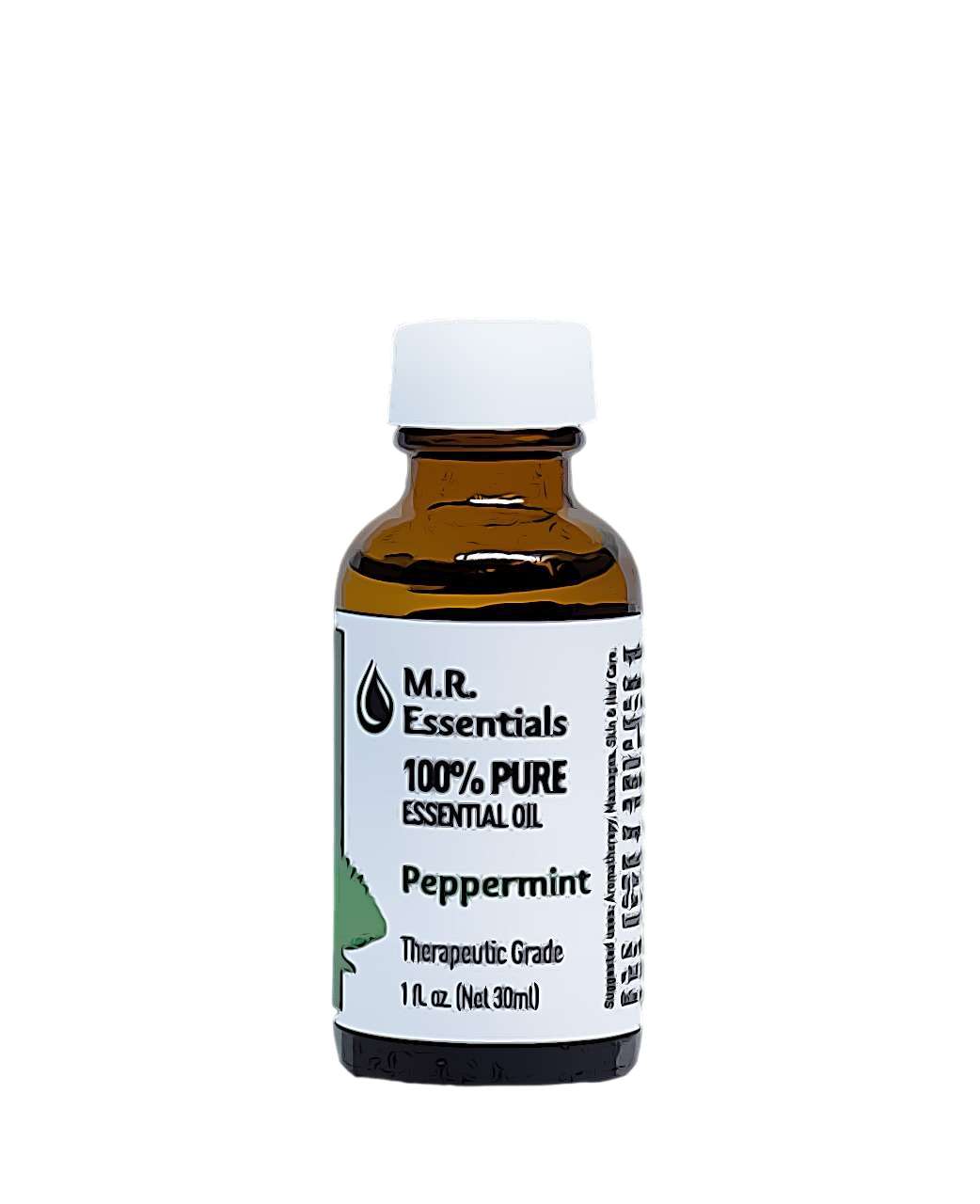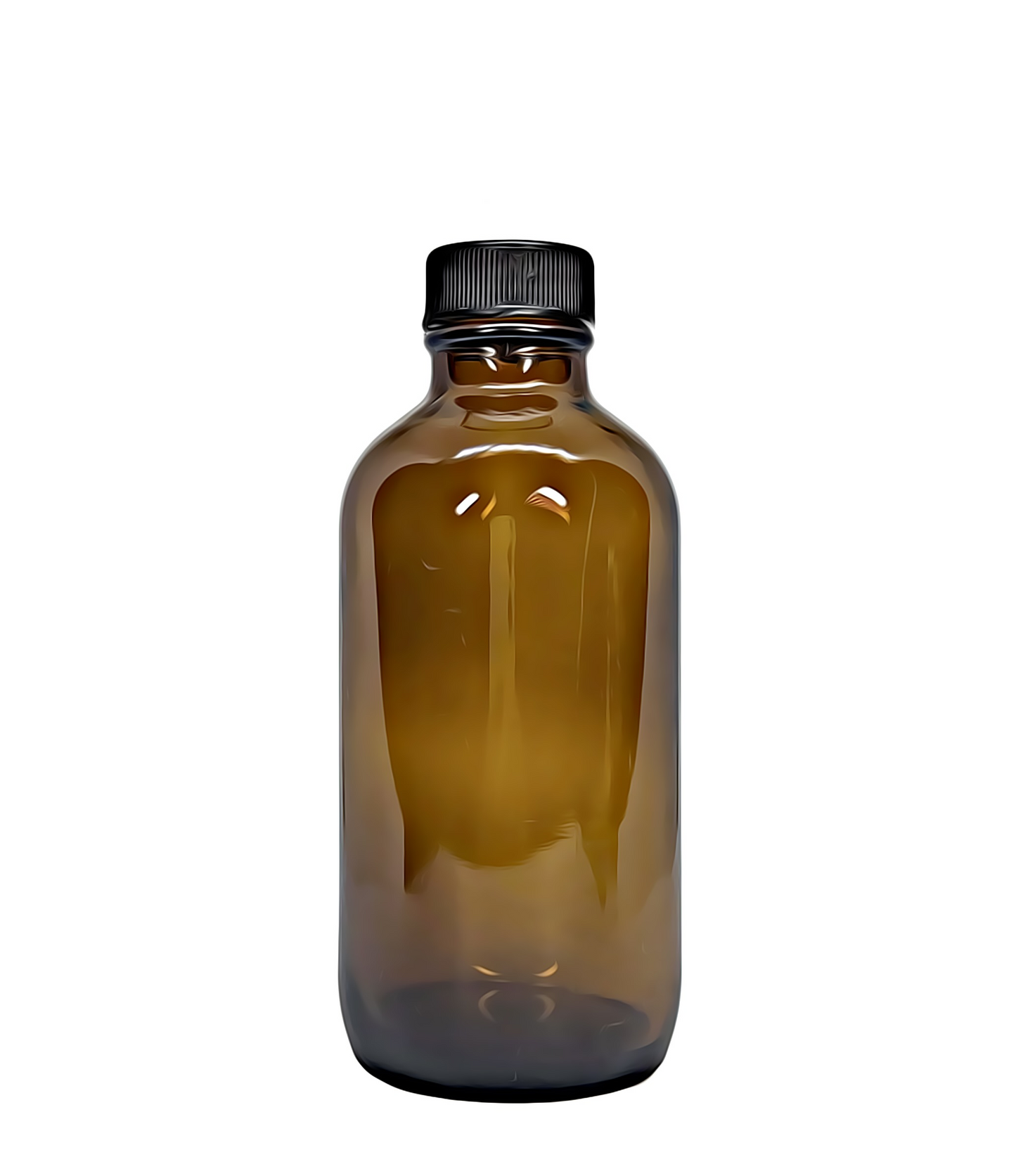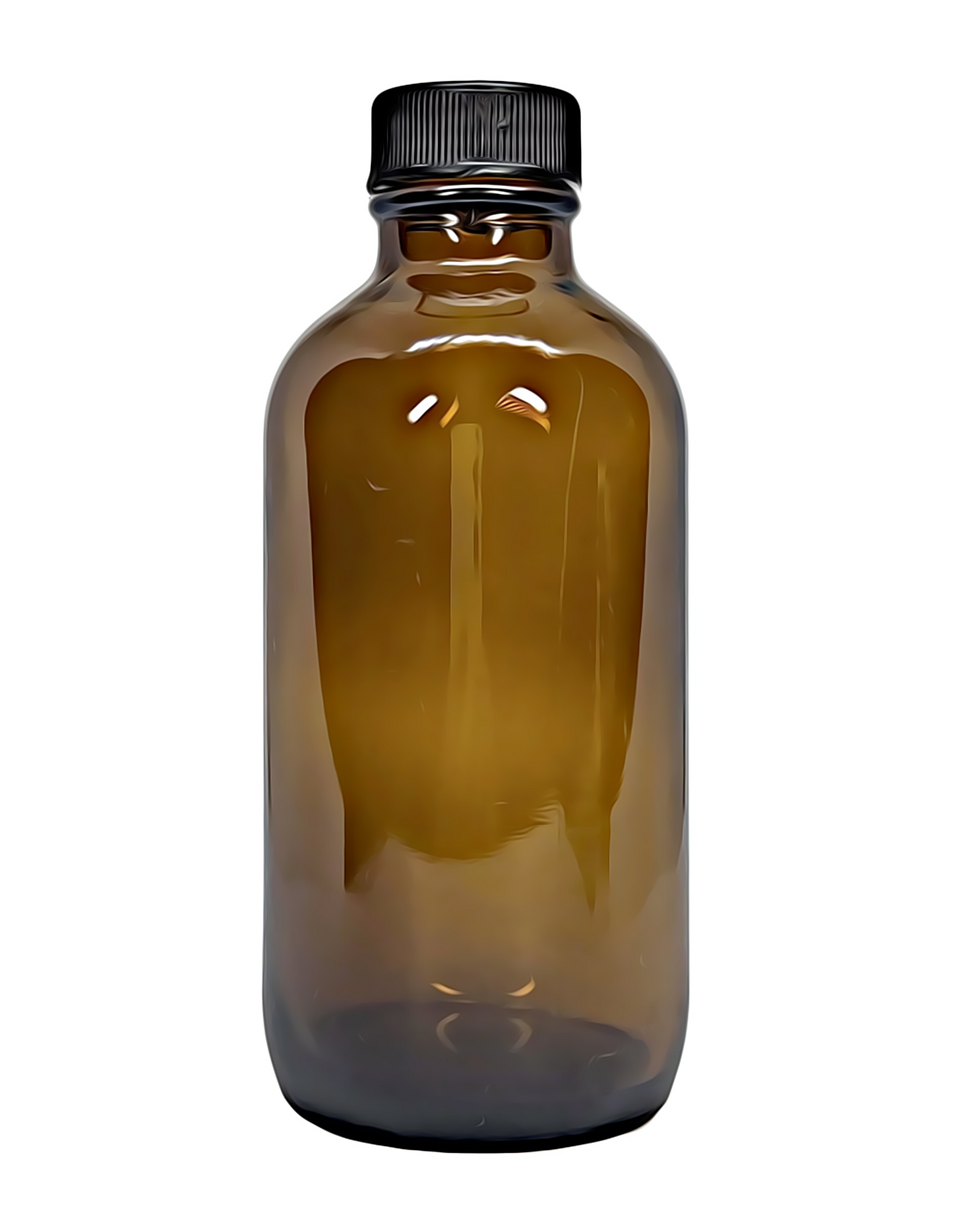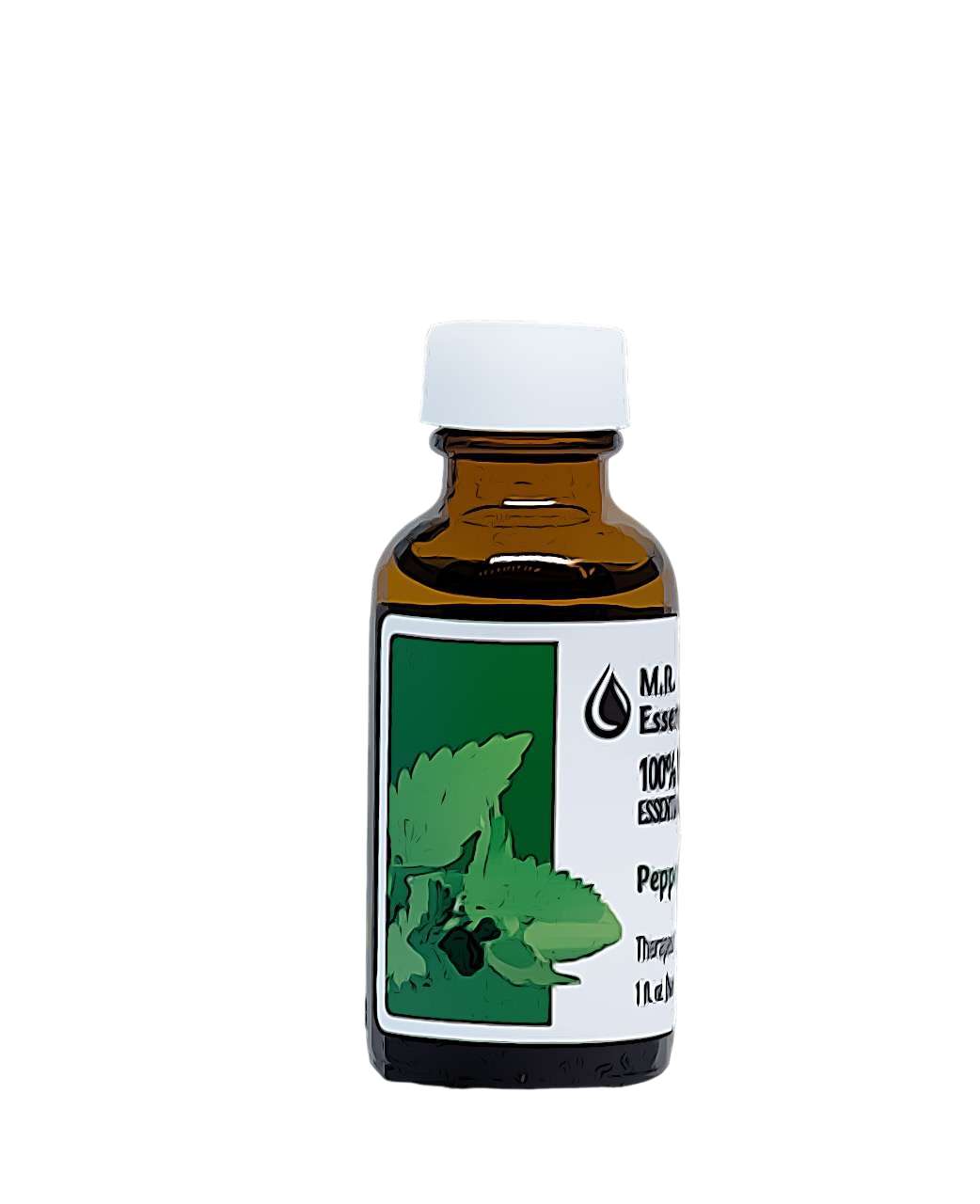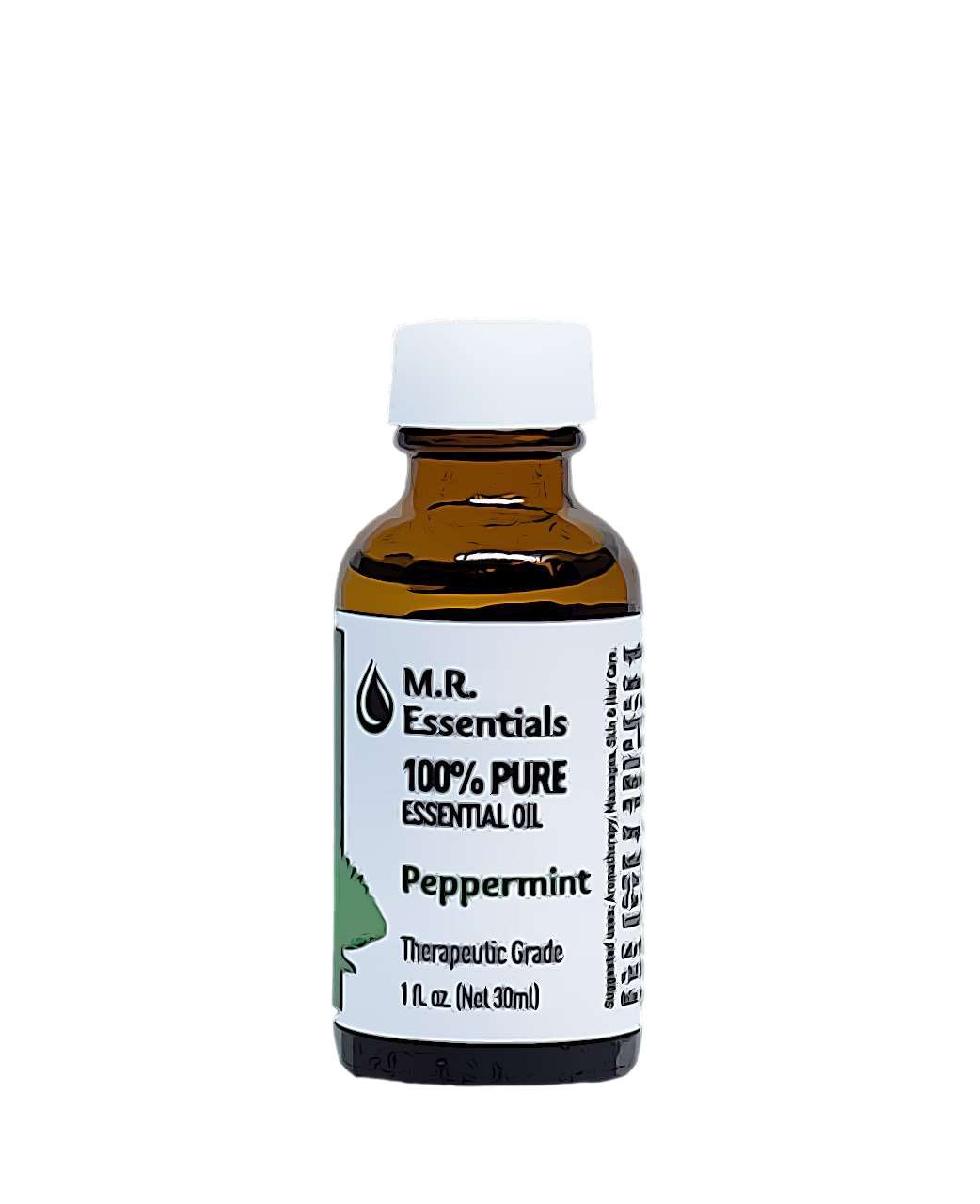MR Essentials
Peppermint Essential Oil (Mentha piperita)
Peppermint Essential Oil (Mentha piperita)
Couldn't load pickup availability
*The statements below have not been evaluated by the Food and Drug Administration. This product is not intended to diagnose, treat, cure, or prevent any disease.
Share
Product Details
Product Details
Method of Extraction: Steam Distillation.
Plant Part Used: Leaves and Flowers/Buds.
Color: Clear with a Yellow Tinge.
Consistency: Thin.
Aromatic Description
Aromatic Description
Perfumery Note: Top.
Strength of Initial Aroma: Strong.
Aromatic Description: Intensely minty. Its aroma is reminiscent of peppermint candies, but it is more concentrated and is more intense in fragrance than Spearmint Essential Oil.
Suggested Uses
Suggested Uses
• Asthma.
• Colic.
• Exhaustion.
• Flu.
• Digestion.
• Flatulence.
• Headache.
• Nausea.
• Scabies.
• Sinusitis.
• Vertigo.
Source: Julia Lawless, The Encyclopedia of Essential Oils (Updated Edition) (London: Harper Thorsons, 2014), 139-140.
Dilution Guideline
Dilution Guideline
Adults: Usually, a 2-3% dilution is suitable, about 12-18 drops of essential oil per ounce of carrier oil.
Children (5-10), Frail Elderly, Sensitive Skin: A lower dilution of 1% or less (6 drops per ounce).
Facial or Sensitive Areas: Use a 0.5-1% dilution (3-6 drops per ounce).
Acute or Short-Term Use: For resolving a specific issue, a marginally higher dilution can be used for a period of 2-3 weeks as necessary.
Major Constituents
Major Constituents
Menthol. Menthone. Menthyl Acetate. Neomenthol. 1, 8-Cineole. Menthofuran.
Source: B.M. Lawrence, Essential Oils 1988-1991 (Wheaton: Allured Publishing, 1993), 31-35. B.M. Lawrence, Essential Oils 1988-1991 (Wheaton: Allured Publishing, 1995), 94-105. B.M. Lawrence, Progress in Essential Oils. (Perfumer & Flavorist 22 no. 2, 1997), 57-66. Sources cited in Robert Tisserand and Rodney Young, Essential Oil Safety (Second Edition. United Kingdom: Churchill Livingstone Elsevier, 2014), 387.
Safety Information
Safety Information
Tisserand and Young confirm that it is low risk as a mucous membrane irritant. Peppermint Oil is choleretic and can pose a risk of neurotoxicity.
They recommend a maximum dermal use level of 5.4% and state that it should be avoided in instance of cardiac fibrillation and by those with a G6PD deficiency. Do not apply near the face of infants/children.
Essential Oil Safety is recommended reading for more complete information. [Robert Tisserand and Rodney Young, Essential Oil Safety (Second Edition. United Kingdom: Churchill Livingstone Elsevier, 2014), 387.]
This essential oil poses a higher risk of causing irritation and sensitization when used in the bath. Avoid using it in the bath, even if it is solubilized/diluted.
